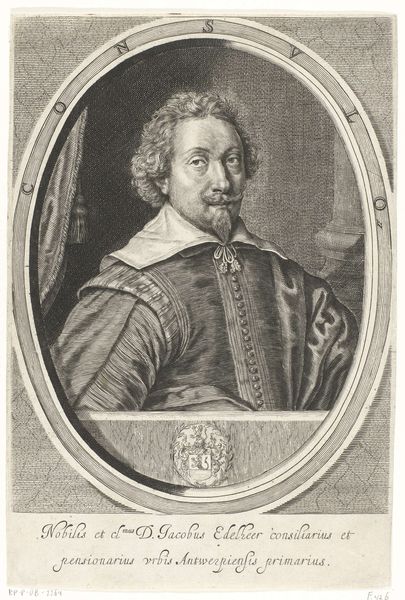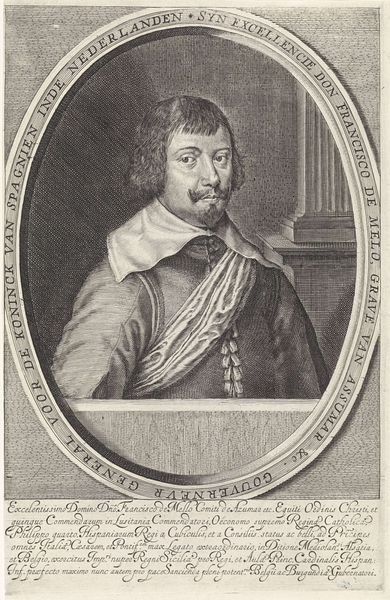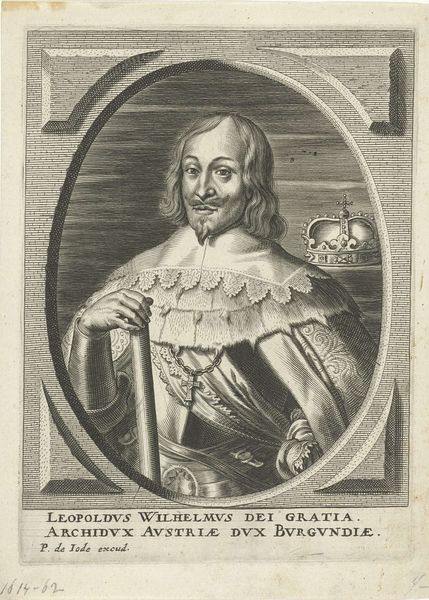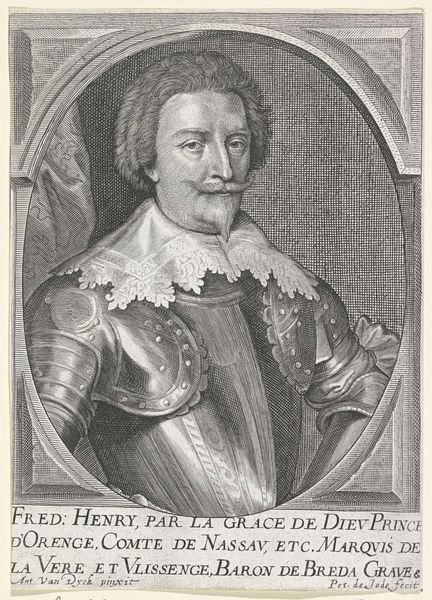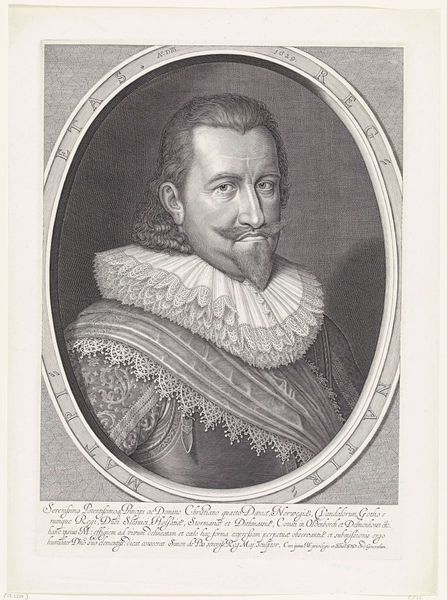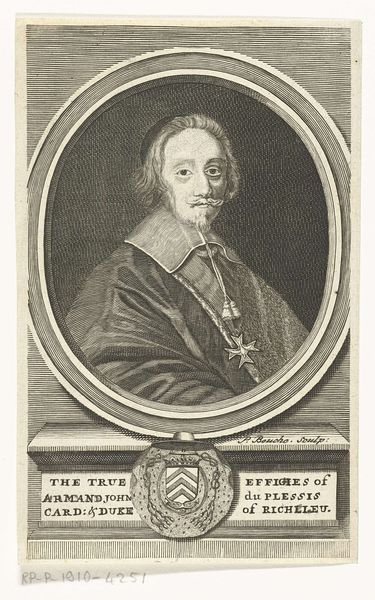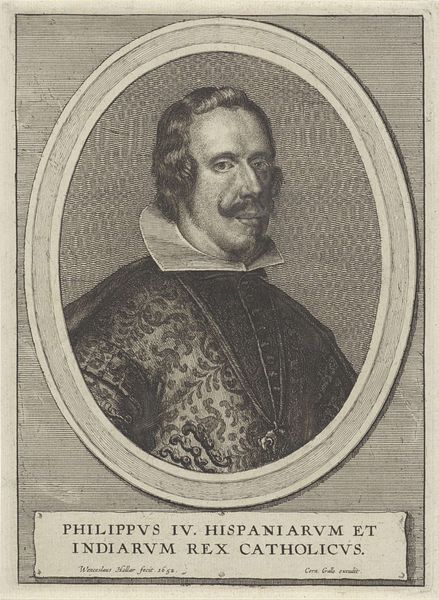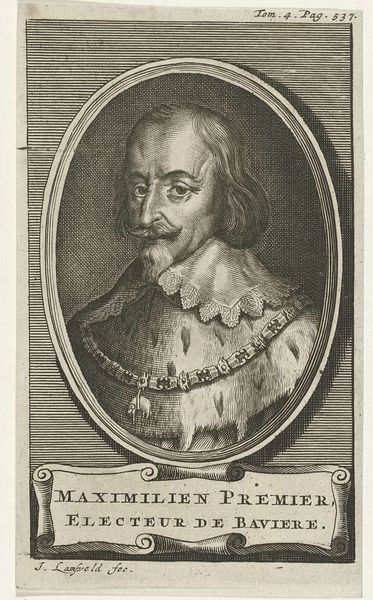
engraving
#
portrait
#
baroque
#
old engraving style
#
figuration
#
15_18th-century
#
line
#
history-painting
#
engraving
Dimensions: height 265 mm, width 185 mm
Copyright: Rijks Museum: Open Domain
This is Bernard Picart's portrait of Philip IV, King of Spain. It's an etching, a print made by incising lines into a metal plate, dating from the late 17th to early 18th century. The composition immediately draws your eye to the oval frame, a classical motif, which contains the king's likeness. Note how Picart uses hatching and cross-hatching to build up tone, creating depth and volume in the figure. The lines are denser in the shadows, giving weight to the king’s face and clothing, and sparser in the highlights, which illuminate his features. Consider how the oval format itself functions here. It’s a contained space, almost like a lens focusing our attention. The frame sets up a binary: the controlled image of the king versus the implied chaos of the world outside. Yet, the very act of framing also destabilizes the notion of absolute power. It reminds us that representation is always mediated, always constructed. This interplay between form and representation challenges any fixed meaning, allowing for ongoing interpretation.
Comments
No comments
Be the first to comment and join the conversation on the ultimate creative platform.


